 Violets (Viola) are a genus of Spring flowering plants in the family Violaceae. There are around 400-500 species of Violets in the genus. Violets are native to the temperate Northern Hemisphere and are also distributed in Hawaii, Australasia, and the Andes in South America. Violets are found in moist and slightly shaded conditions such as hedgerows.
Violets (Viola) are a genus of Spring flowering plants in the family Violaceae. There are around 400-500 species of Violets in the genus. Violets are native to the temperate Northern Hemisphere and are also distributed in Hawaii, Australasia, and the Andes in South America. Violets are found in moist and slightly shaded conditions such as hedgerows.
The word ‘Violet’ comes from the Latin name ‘Viola’. Ordinary Violets, Common Blue Violets, Sweet violets and Garden violets are some of the popular varieties of violets. Most Violets are small perennial plants, but a few are annual plants and some are small shrubs.
- Kingdom
- Plantae
- Division
- Magnoliophyta
- Class
- Magnoliopsida
- Order
- Malpighiales
- Family
- Violaceae
- Genus
- Viola
Violets typically have heart-shaped leaves, and asymmetrical flowers. The shape of the petals defines many species, for example, some Violets have a spur at the end of each petal. Flower colors vary among the Violets, many of which are violet as their name suggests, and some are blue, yellow, white and cream. Some are bicolored, often blue and yellow.
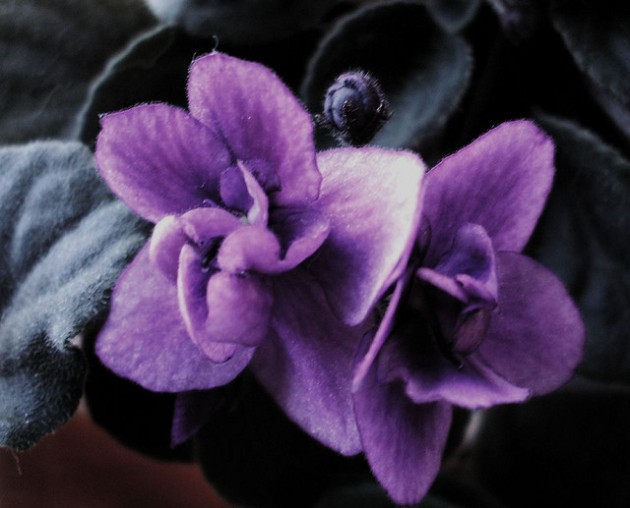 Facts about Violets
Facts about Violets
- True Violets have been known for centuries with the ancient Greeks cultivating them about 500 BC or earlier. Both the Greeks and the Romans used Violets for all sorts of things such as herbal remedies, wine (‘Vinum Violatum’), to sweeten food and for festivals.
- Strictly, Sweet violets, Bedding Violas and Pansies are all classified as “violas”. Sweet Violets descended from the European wild sweet violet, Viola odorata. Bedding Violas (the flower that we usually call “violas”) were hybridized from pansies and Viola cornuta. Pansies developed from the wild violas, Viola lutea and Viola tricolor (“johnny-jump-up”).
- Violets are used as food plants by the larvae of some Lepidoptera species.
- Crossings of a number of plants were developed and these were known as the ‘Quatre saisons’ violets. Along with the so-called ‘Russian Violet’ introduced in the latter part of the 19th century, these horticultural efforts gave us the Violets we grow today.
- The Blue violet is common to the United States, growing from Maine to Florida.
- The Ancient Greeks considered the Violet a symbol of fertility and love; they used it in love potions. Pliny recommended that a garland of violets be worn above the head to ward off headaches and dizzy spells.
- The genus includes the Dog Violets, a group of scentless species which are the commonest violets in many areas; the Sweet Violet, Viola odorata (named from its sweet scent) and many other species whose common name includes the word “Violet”. Several species are known as Pansies.
- The purple violet/Wood Violet/ blue prairie Violet/Prairie blue Violet/hooded blue Violet/meadow blue Violet/and butterfly Violet, is very popular in the eastern United States and is Wisconsin’s State Flower.
- Violets should not be taken internally in large doses. Violet flowers are edible, used in medicines, as a laxative, and the flowers are candied for decoration in jellies, etc.
True Violets
Saintpaulia is a genus comprising African violets, which are not true Violets. The main differences between African Violets and True violets are:
- African violets are mainly grown as houseplants. They are shallow rooting plants that enjoy a good amount of light as long as it is in the shade. True violets are deep-rooting outdoor plants that thrive in partial shade to full sun.
- African violets have fleshy downy leaves and produce throughout the summer, five-petalled flowers, usually with a distinct eye while true violets have large to small heart shaped leaves, sometimes smooth, sometimes with varying degrees of hairiness. The flowers are produced from September through to March and most, apart from the Parma Violets, which are frost tolerant.
Varieties of Violets
- Viola arvensis – Field Pansy
- Viola biflora – Yellow Wood Violet or Twoflower Violet
- Viola canina – Heath Dog Violet
- Viola hirta – Hairy Violet
- Viola odorata – Sweet Violet
- Viola pedunculata – Yellow Pansy
- Viola riviniana – Common Dog Violet
- Viola tricolor – Wild Pansy or Heart’s-ease
- Viola adunca – Early Blue Violet
- Viola nephrophylla – Northern Bog Violet
- Viola pedatifida – Crowfoot Violet
- Viola pubescens – Downy Yellow Violet
- Viola rugulosa – Western Canada Violet
Growing Violets
Violets are easily cultivated through root cuttings or seeds.
- Violets are best grown in the dappled shade of deciduous trees thus allowing full winter and spring sunshine.
- Choose a site with full sun to light shade. Violets also like well-drained, fairly rich soil, so work in a spadeful or two of compost at planting time for best results.
- Plant Violets in early spring, four to six weeks before your region’s last frost date.
- Plant 4 to 8 inches apart, depending on the variety.
- Mulch to keep roots cooler longer.
- Water only moderately. Although they love cool conditions, Violets don’t need huge amounts of water.
- Pinch off spent blooms to promote longer flowering.
- Fertilize once after blooming starts.
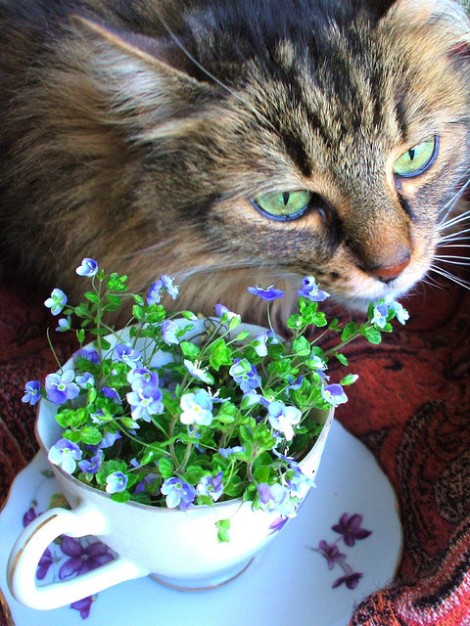 Violet Plant Care
Violet Plant Care
Prick out the seedlings into individual pots when they are large enough to handle and plant them out in summer. Violets should receive extra moisture in dry weather, as Red Spider Mite is liable to attack if they are allowed to get parched. Spraying with a hose is helpful. Occasional feeding with soot water or liquid manure and even a top dressing of blood or bone is helpful for good blooms.
Division during the autumn or just after flowering. Larger divisions can be planted out direct into their permanent positions, though it is best to pot up smaller divisions and grow them in light shade in a greenhouse or cold frame until they are growing away well. Keep runners picked off during the growing season. This will encourage good sized flowers.

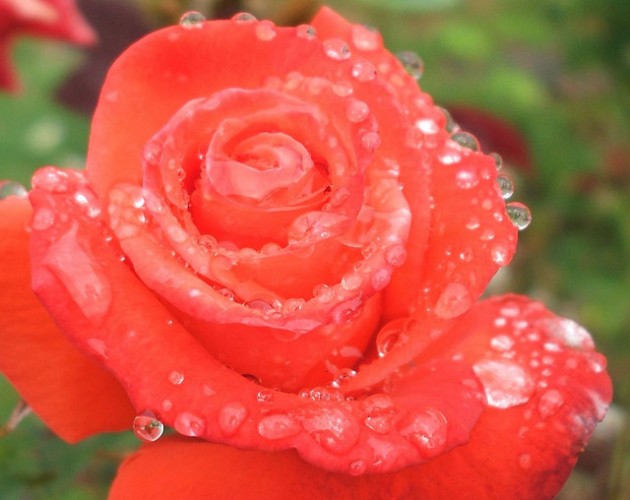
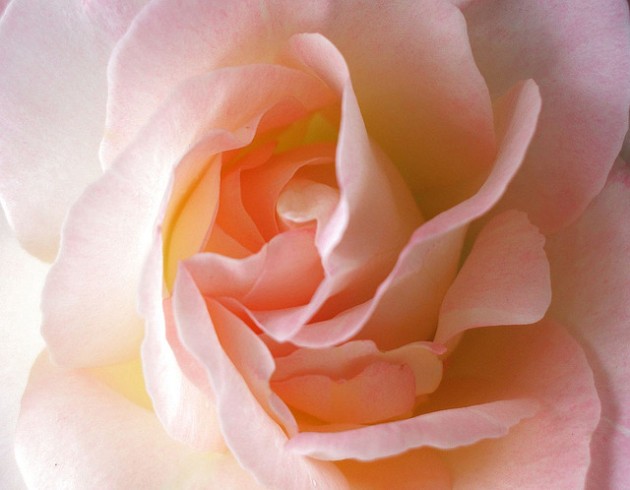


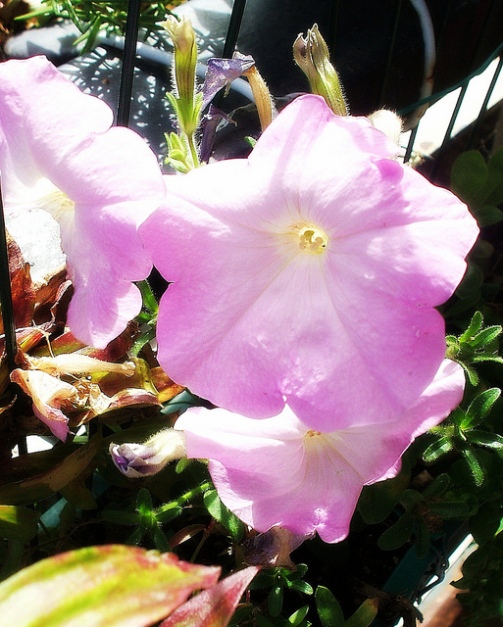
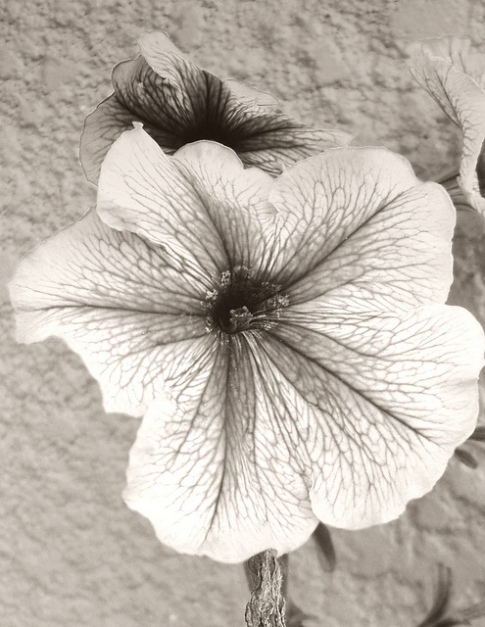
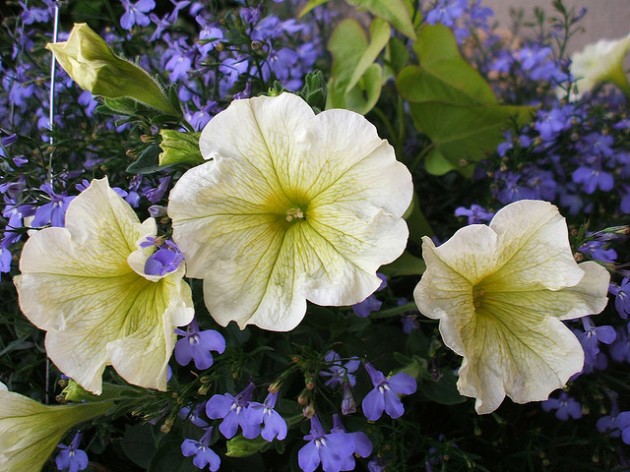
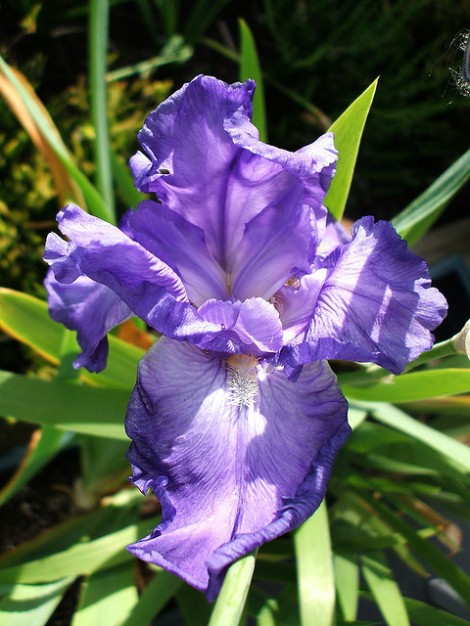





![20170123050651-f09370cbed.[gif-2-mp4.com] 20170123050651-f09370cbed.[gif-2-mp4.com]](https://live.staticflickr.com/428/32472212275_9af8805d25_m.jpg)


